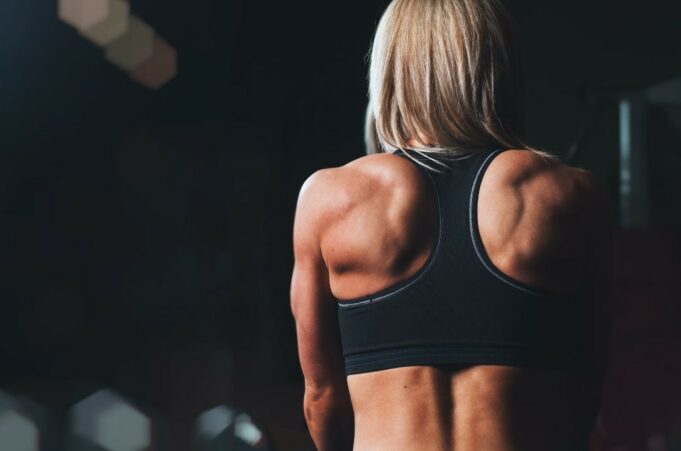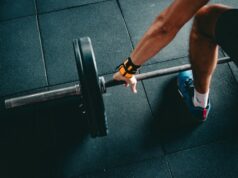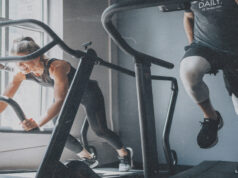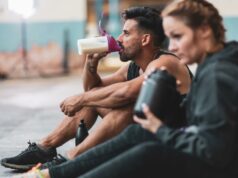If you’ve recently started working out or are increasing your existing program’s intensity, there’s a good chance that you’ll start having aches and pains all over. Also referred to as delayed muscle soreness, experiencing post-workout muscle pain can be annoying. However, it’s natural and you have nothing to worry about. It generally means that you’re making progress in adopting a healthier and more active lifestyle.
But that’s not to say you can’t ease the pain. With that in mind, this article will cover a few tips to reduce the aches you feel after your workout sessions.
Remain hydrated
If you don’t get enough electrolytes, you’ll be more at risk of experiencing muscle soreness. For this reason, you must remain hydrated throughout the session. After all, the muscles tend to work much harder when engaging in strenuous and vigorous activities, demanding more oxygen. Because of this, blood needs to pump around the body more. Since much of the blood’s volume is water, hydration becomes even more essential.
An easy tip on maintaining healthy hydration levels is to have a bottle of water handy as you train. Using your watch or mobile device, you can also set a time to take sips so you don’t forget. Also, consider taking beverages with high electrolytic content after your exercise session to keep muscle stiffness and dehydration at bay.
Use cannabidiol products
Cannabidiol products or CBD have become potential treatments for alleviating pain. When the THC is inhaled or ingested, it may stimulate the cannabinoid receptors of the brain, activating its reward system and leading to pain reduction. But much like any other health product, it’s a rule of thumb to consult with a healthcare provider before taking CBD.
Moreover, it would be best if you did your due diligence first. Explore all your options and read up on reviews on organic CBD suppliers. It’s a small investment of time that will pay dividends.
Get yourself a massage
Another way to reduce muscle pain is by getting a massage. Some studies have found it to be effective not only in the reduction of inflammation. But it also stimulates mitochondria, the cells that transform glucose into the energy the body needs and are vital for the repair and function of cells. Because of this, it can make you feel good by reducing pain, enhancing blood flow, and minimizing the swelling and tightness of the body.
It’s not considered a legitimate form of therapy more than an indulgence. So if you’re stopping yourself from getting a therapeutic massage because you think it’s a luxury that doesn’t work or you can’t afford it, don’t worry. It will make a difference.
Conclusion
Beating the muscle pain from post-workout doesn’t have to be a massive undertaking. In reality, it’s much simpler than you think, and the abovementioned tips should help you keep the aches at a minimum. However, be sure not to overdo your exercises too, or you’ll experience burnout, extreme soreness, and maybe even injuries.












